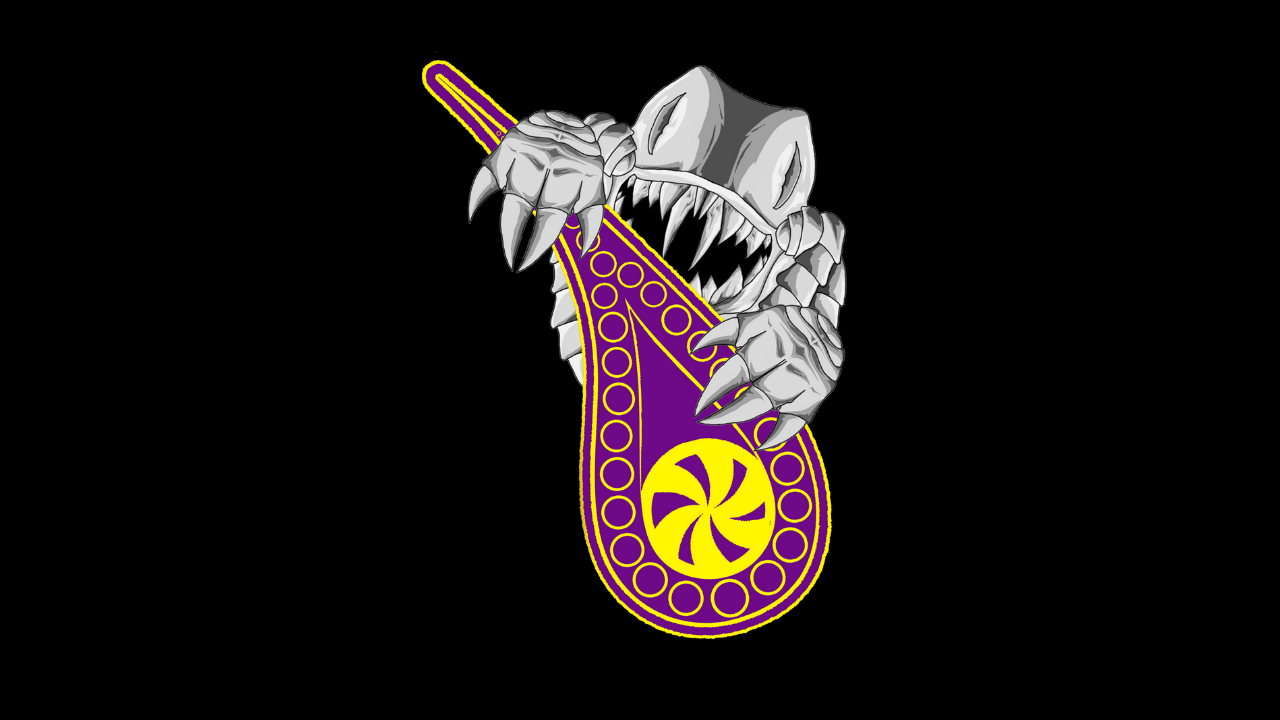The Last Mass Witch Hunt in Europe: Why Paisley’s Story Matters
- Gavin Divers
- Jun 26, 2025
- 3 min read
In the heart of Paisley lies a story so tragic and powerful, it echoes far beyond Renfrewshire. It is the story of the last mass witch hunt in Europe – seven people accused, condemned, and executed in 1697 under a cloud of fear, superstition, and social tension. Today, their names are remembered not with shame, but with a renewed sense of justice and reflection. Through the Paisley Witches Walking Tour, we invite the world to walk in their footsteps.

What Happened in 1697?
In the spring of 1697, seven individuals – Margaret Lang, Margaret Fulton, Agnes Naismith, Katherine Campbell, John Lindsay, James Lindsay, and Thomas Lindsay – were accused of witchcraft in Paisley. The accusations began when an eleven-year-old girl, Christian Shaw, claimed to be tormented by witches. Her testimony – marked by convulsions, visions, and naming of names – led to one of Scotland’s most infamous trials.
Despite the lack of any real evidence, the accused were found guilty. On 10th June 1697, they were executed at Gallow Green and their bodies burned. One of them, Agnes Naismith, reportedly cursed the town of Paisley with her final breath – a curse that has since become part of local legend.
What Made the Paisley Trials So Distinct?
Unlike earlier witch trials, which were often fuelled by religious authorities, Paisley’s was largely driven by community hysteria and the testimony of a child. The influence of Calvinist fear and belief in the devil’s active presence turned suspicion into execution. What began as a child’s affliction spiralled into full-scale panic.
This wasn’t a medieval case of mistaken belief. It happened at the dawn of the Enlightenment – when reason and science were beginning to rise. That’s part of what makes this case so chilling: it happened not in the dark ages, but at a time when Scotland should have known better.

Why This Legacy Still Matters Today
The story of the Paisley witches reminds us how quickly fear, misinformation, and scapegoating can lead to irreversible harm. Innocent people – mostly women – were condemned based on hearsay, suspicion, and social bias. These were working-class people, many already marginalised or vulnerable.
In a world still struggling with misinformation, prejudice, and justice systems that don’t always protect the powerless, Paisley’s witch trials remain painfully relevant. And while Scotland has begun the process of formally recognising the injustice of its witch hunts, the victims of 1697 deserve to be remembered.
Walking in Their Footsteps: The Tour
The Paisley Witches Walking Tour brings this history to life. Over two hours, visitors are guided through key locations – including Paisley Abbey, Maxwellton Cross, and Gallow Green, where the executions took place.
What makes the experience so powerful is the storytelling. Based on real trial records and historical research, the tour doesn’t sensationalise – it humanises. Guests are given personal audio headsets to hear the guide clearly, even in busy streets. It’s an immersive, emotional, and often reflective journey.
For those unable to join the walking tour, a fully narrated, accessible version is available in-shop on a 120-inch screen, with seating and visuals.

Help Keep Their Stories Alive
Every ticket to the Paisley Witches Walking Tour includes a donation to the Renfrewshire Witch Hunt 1697 SCIO, a local heritage charity working to educate, preserve records, and promote community understanding of this powerful history.
This isn’t just a history lesson – it’s a call for remembrance, reflection, and justice. By walking the streets where it happened, you honour those who were wrongly silenced, and help ensure they are never forgotten.
Book Now
Join us. Walk the story. Remember the names.➡️ paisleytours.org.uk/tours





Comments